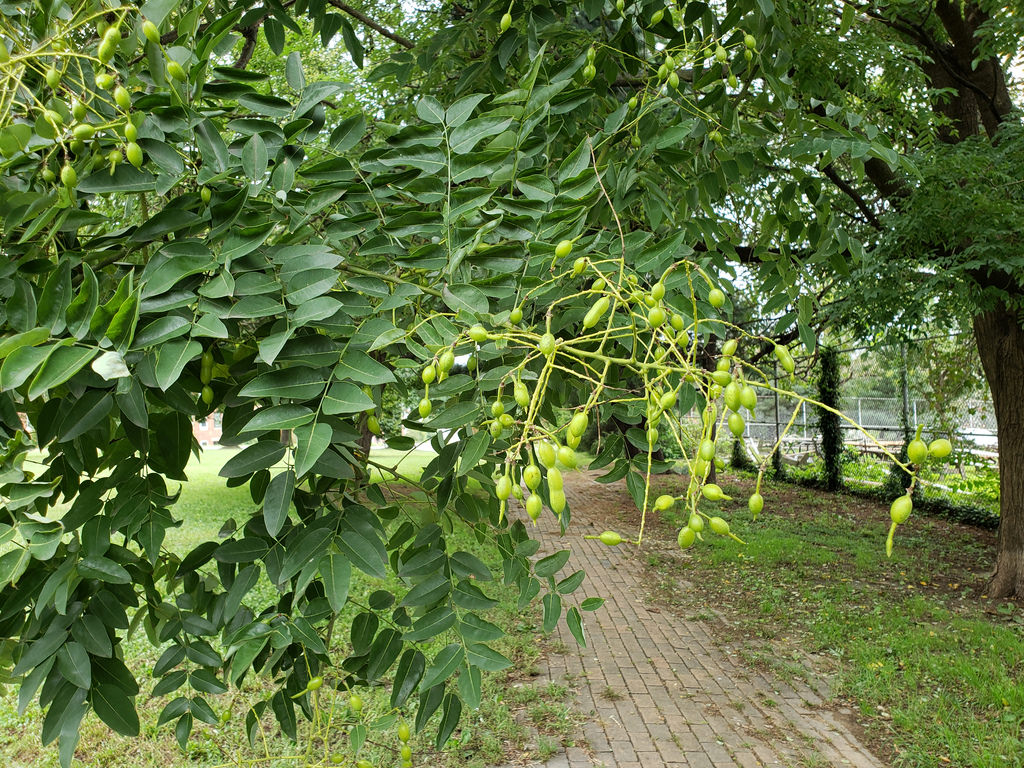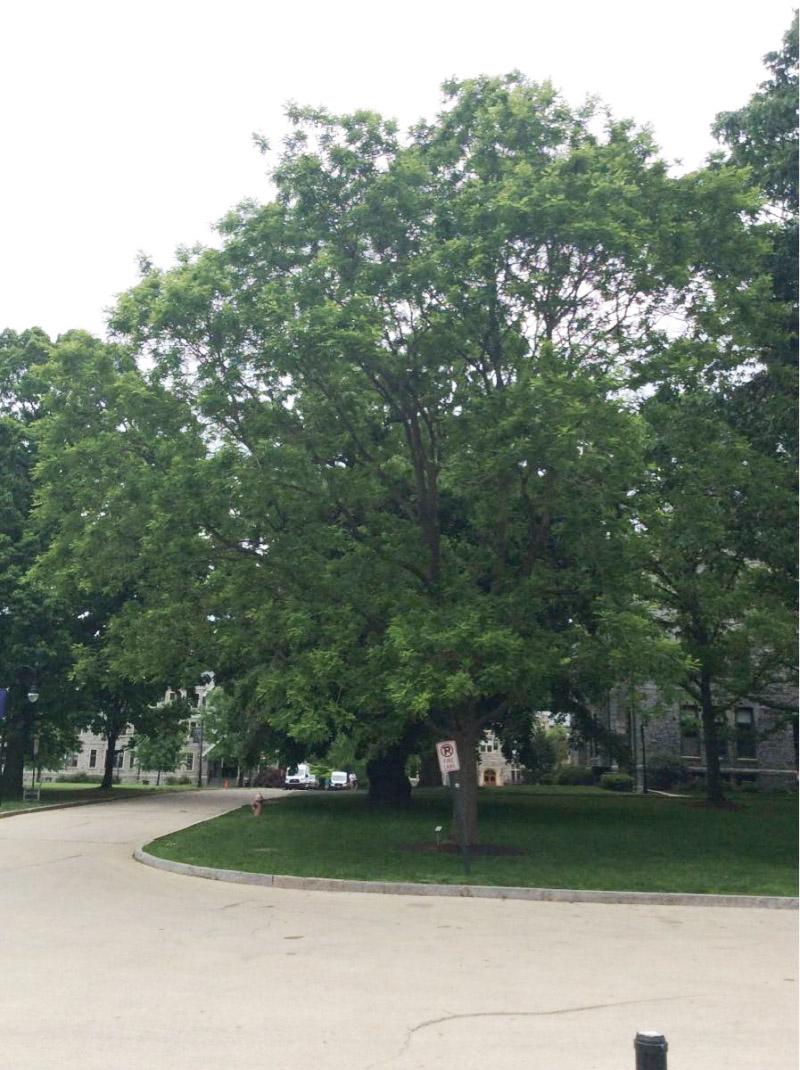japanese pagoda tree invasive
It is resistant to pests drought and pollution. See it on the map.

Japanese Pagoda Tree Chinese Scholar Tree
The domestication of.

. This cultivar of pagoda tree has a height of 40 to 50 feet and spread of 30 to 35 feet forming a fine-textured upright rounded canopy even as a young tree. The Pagoda tree is capable of growing in all soil types although it grows best in well drained loamy soils and in full sun conditions. It is generally cultivated for its attractive compound foliage and fragrant.
Mid-Atlantic Exotic Plant Management Team Invasive Plant List. The fruit is a narrow inedible pod. 4 m in height.
National Park Service National Capital Region Exotic Plant Management Team Invasive Plant List. Flowers are showy creamy-white on upright panicles up to. It is hardy to -25F 317C.
Sapindus drummondii Western Soapberry An attractive small native tree with glossy compound leaves and excellent deep yellow-gold fall color. 4 to 5 m in height. Yes Susceptibility to Pests and Diseases.
The canopy of Princeton Upright appears to be more dense than the species. Sophora japonica Where to Look. In the United States the tree is by and large considered non-invasive.
No special winter interest Outstanding tree. The following species have been reported to be invasive in natural areas in the U. The Japanese pagoda tree grows 1223 metres about 4075 feet tall and features alternate compound leaves with 7 to 17 leaflets.
Japanese Pagoda Japanese pagoda is a large deciduous tree native to China It is an upright forming a lacy canopy of dark green pinnate leaves. As the official tree of Beijing China it demonstrates the common theme of aesthetic beauty shared between East and West. Foliage of Scholar Tree.
The confusing name Japanese pagoda tree Styphnolobium japonicum of this Chinese native is likely the only thing that will make you question this stunning treeA Japanese pagoda tree also called Chinese scholar tree is perfect if you live in an urban setting are looking for a flowering shade tree or are planning a Japanese gardenThe Japanese pagoda tree is. New Invaders of the Southeast. It has a rapid growth rate and tolerates polluted city conditions heat and drought.
The Japanese pagoda tree is included in some significant Chinese legends and serves as a cultural and historical reference. Tree has outstanding ornamental features and could be planted more Invasive potential. Styphnolobium japonicum L Schott previously.
Japanese Pagoda Heritage Tree. East Experiment Station East side. Trees are perennial woody plants with a single stem trunk normally greater than 13 to 16 ft.
Styphnolobium japonicum commonly called Japanese pagoda tree or Chinese scholar tree is native to China and Korea but not Japan. The yellowish white flowers about 1 cm 04 inch in length grow in loose showy clusters 3035 cm 1214 inches long. This map identifies those states that list this species on their invasive species list or law.
Surface roots are usually not a problem Winter interest. Japanese pagoda tree Styphnolobium japonicum L Schott. It is a medium to large deciduous tree that typically matures to 50-75 less frequently to 100 tall with a broad rounded crown.
Little needed to develop a strong structure. A clusters of creamy white-green fragrant flowers appear in summer. Under certain environmental conditions some tree species may develop a multi-stemmed or short growth form of less than 13 ft.
Sophora japonica-- Scholar Tree Page 3 Other Figure 3. Little if any potential at this time Ozone sensitivity.

Honingboom Sophora Japonica Pendula Groenblijvend Fast Growing Shade Trees Shade Trees Garden Trees

Japanese Pagoda Tree News From Rockcliff Farm

Japanese Pagoda Tree Styphnolobium Japonicum Fabales Fabaceae Leguminosae 5398737

Japanese Pagoda Tree Deciduous 15m 20m High Seed Pods Japanese Pagoda Amazing Gardens Tree

Japanese Pagoda Tree Styphnolobium Japonicum Fabales Fabaceae Leguminosae 5539401
A Japanese Pagoda Tree Sophora Japonica L Planted In A Roadside Download Scientific Diagram

Japanese Pagoda Tree News From Rockcliff Farm

Japanese Pagoda Tree Styphnolobium Japonicum Fabales Fabaceae Leguminosae 5396099
Japanese Pagoda Tree Becoming Popular In U S Cities What Grows There Hugh Conlon Horticulturalist Professor Lecturer And Gardener

Maryland Biodiversity Project Japanese Pagoda Tree Styphnolobium Japonicum

Japanese Pagoda Tree Styphnolobium Japonicum Fabales Fabaceae Leguminosae 5539402

The Greatest Trees Of Nyc Japanese Pagoda Tree Boathouse Prospect Park

Japanese Pagoda Tree News From Rockcliff Farm

Styphnolobium Japonicum Landscape Plants Oregon State University

Styphnolobium Japonicum Landscape Plants Oregon State University

Japanese Pagoda Tree Chinese Scholar Tree
Japanese Pagoda Tree Becoming Popular In U S Cities What Grows There Hugh Conlon Horticulturalist Professor Lecturer And Gardener

Japanese Pagoda Tree Styphnolobium Japonicum Bryn Mawr College